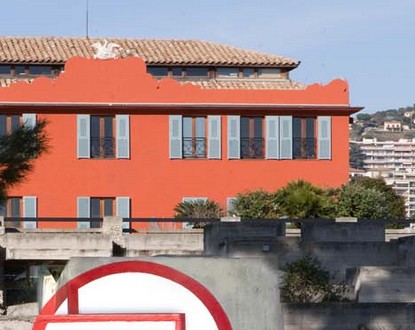The year 2014 is both the centenary of the start of the First World War and the spring of 2014 at Villa Arson, which will, in a certain way, pay homage to this conflict.

Aurélien Froment shows us these wooden toys, a wood strongly smelling of resin that allows children to express themselves and develop their imagination and creativity. Real toys, in a way. From nothing, one can achieve everything and discover this educator. One might rightfully think it would be more appropriate to offer our children this kind of toy rather than those electronic gadgets devoid of dreams and imagination and rife with violence.
Violence? Here is a term that leads us to the second act, where Villa Arson pays tribute to this war started a century ago. How to tell wars through a deceased grandfather? Jean Yves Jouannais poses the question and provides an answer. He offers us to leaf through his album of photos, memories, and letters, everything coming from this ancestor.
The encyclopedia of wars is an album, a book, a manuscript. There are drawings, maps, and this grandfather appearing to tell us, narrate his war; the nuance is important. Jean Yves Jouannais also offers conferences as part of his exhibition, running until June 9. The last part:
Ordinary stories, is quite original. Grégory Castéra, Yaël Kreplak, and Francis Leibovici have gathered stories, dialogues, and conversations. People talk among themselves and are recorded. The audience becomes a bit nosy and listens to them. Pieces of fabric on which words and snippets of these conversations are printed, sometimes senseless, sometimes revealing, and you might be surprised by their content. Diagrams, targets, reminiscent of the game: the spirograph, help to better understand and integrate into the conversation. We began our visit with toys, and we end it with a game.
The child has become an adolescent, in the meantime, he was a man marked by war, and this search for play, in a way, restores some of his soul.
Thierry Jan



